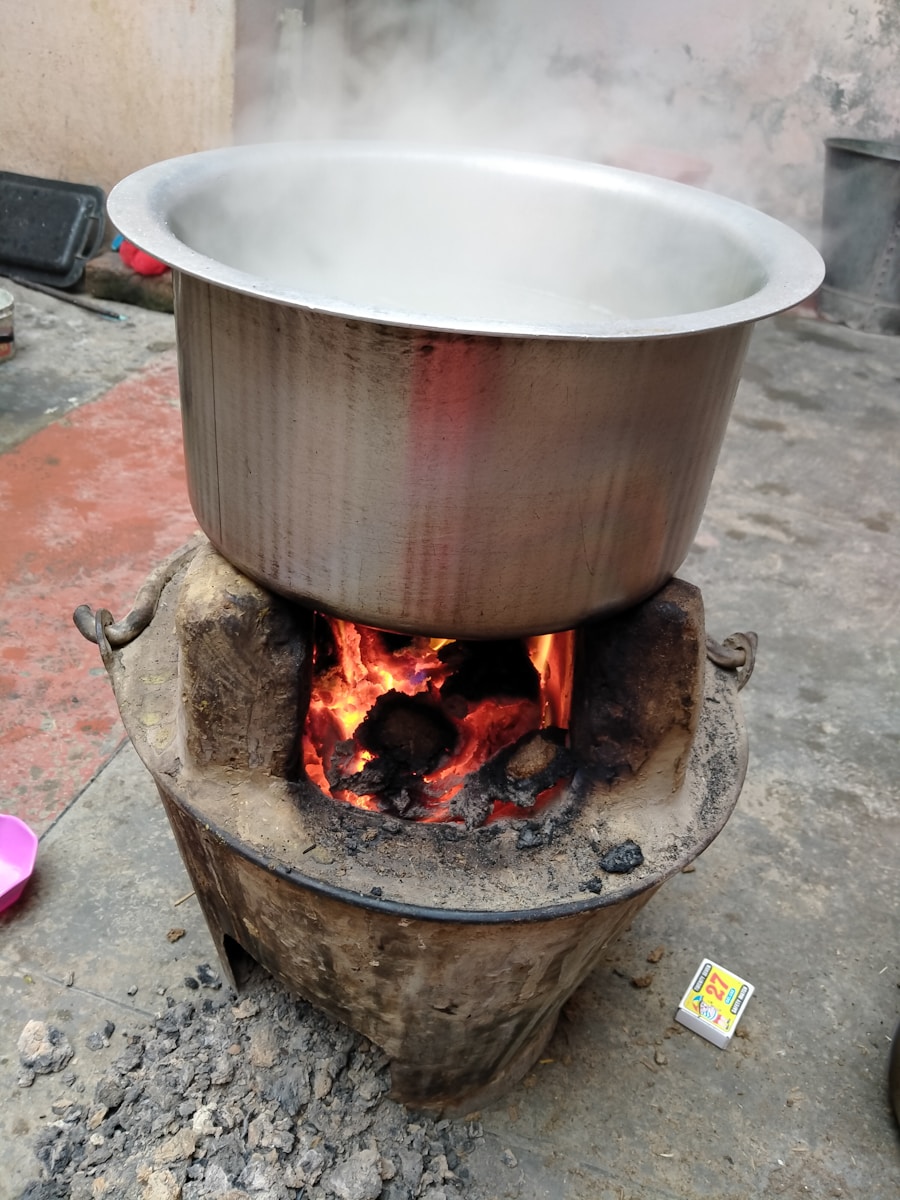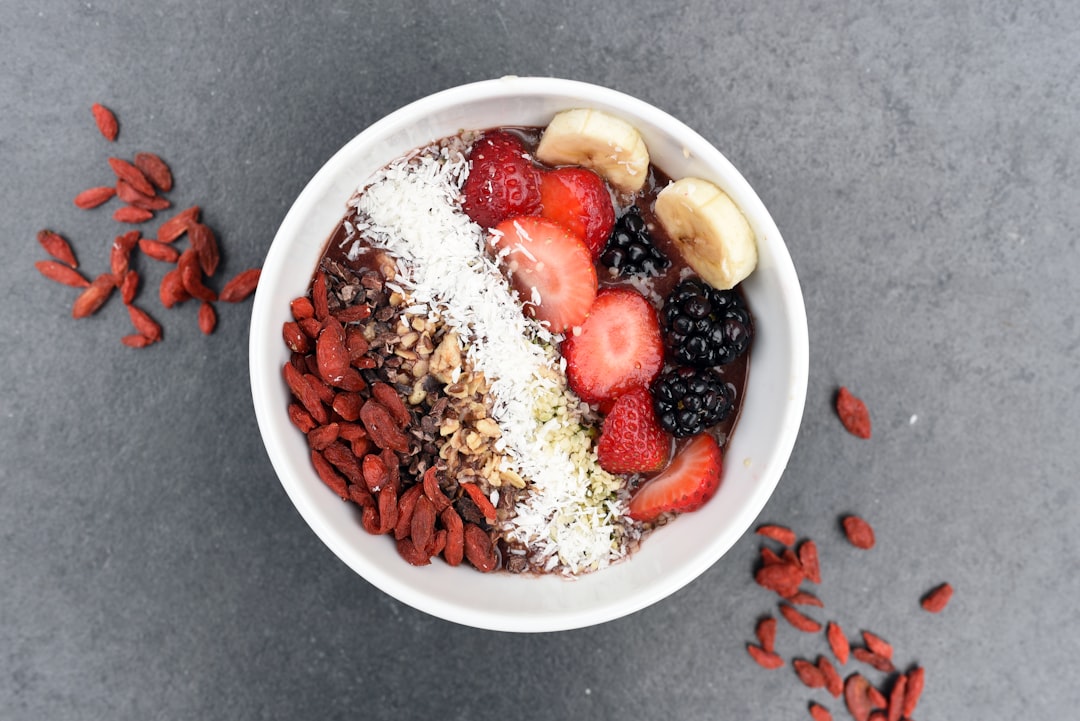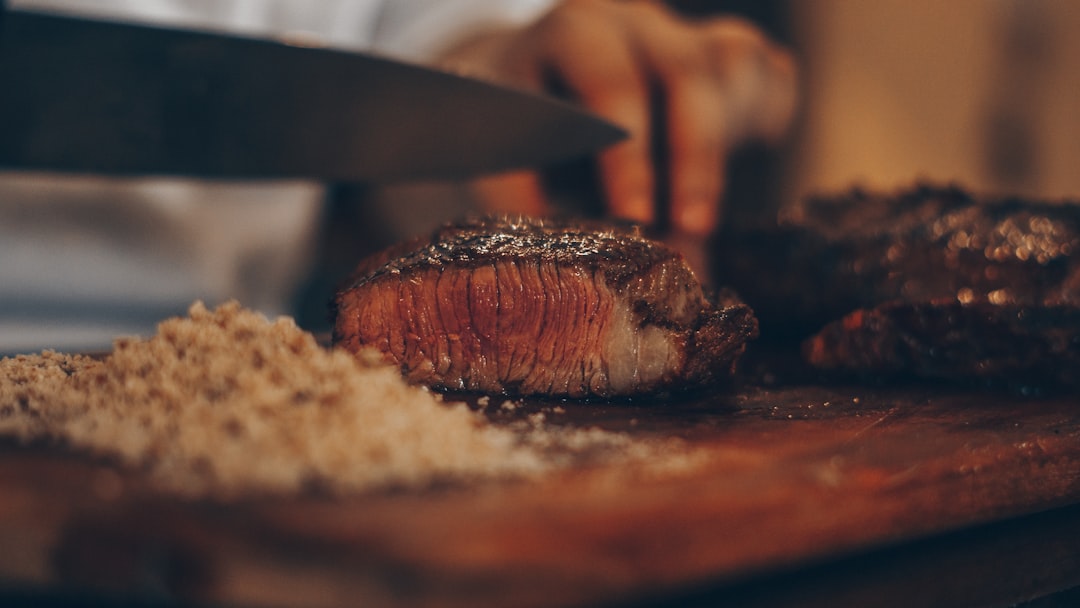Sous vide, a French term meaning “under vacuum,” is a cooking technique that has gained immense popularity among both professional chefs and home cooks. The method involves sealing food in a vacuum-sealed bag and immersing it in a water bath at a precisely controlled temperature. This technique allows for even cooking and the retention of moisture, resulting in tender and flavorful dishes.
The origins of sous vide can be traced back to the 1970s when it was first utilized in high-end restaurants, but it has since become accessible to the average home cook thanks to advancements in technology and equipment. The fundamental principle behind sous vide cooking is temperature control. Unlike traditional cooking methods that rely on high heat to cook food quickly, sous vide employs lower temperatures over extended periods.
This slow cooking process allows proteins to break down gradually, enhancing tenderness while preserving the natural juices and flavors. For instance, cooking a steak at 130°F (54°C) for several hours will yield a perfectly medium-rare result throughout, eliminating the risk of overcooking that often occurs with conventional grilling or pan-searing methods. This precision not only improves the quality of the food but also provides a level of consistency that is difficult to achieve through other cooking techniques.
Key Takeaways
- Sous vide cooking involves cooking food in a vacuum-sealed bag at a precise temperature in a water bath.
- The right equipment for sous vide cooking includes an immersion circulator, vacuum sealer, and food-grade bags.
- The best ingredients for sous vide cooking are those that benefit from precise temperature control, such as meats, fish, and vegetables.
- Mastering temperature and timing is crucial in sous vide cooking to achieve the desired doneness and texture of the food.
- Marinades and seasonings can enhance the flavors of sous vide-cooked food, but they should be used sparingly to avoid overpowering the natural flavors.
Choosing the Right Equipment for Sous Vide Cooking
To embark on a sous vide journey, selecting the appropriate equipment is crucial. At its core, sous vide requires a water bath and a means to maintain a consistent temperature. Immersion circulators are the most popular choice for home cooks; these devices heat water and circulate it to ensure an even temperature throughout the bath.
Brands like Anova and Joule have made significant strides in making these devices user-friendly, often featuring smartphone connectivity for remote monitoring and control. In addition to an immersion circulator, vacuum sealing is essential for sous vide cooking. While traditional vacuum sealers are effective, many cooks opt for simpler alternatives such as zip-top bags or the water displacement method, where air is removed by submerging the bag in water before sealing it.
This method is particularly useful for those who may not want to invest in specialized equipment right away. However, investing in a quality vacuum sealer can enhance the sous vide experience by ensuring airtight seals that prevent water from entering the bags during cooking.
Selecting the Best Ingredients for Sous Vide Cooking

The choice of ingredients plays a pivotal role in the success of sous vide cooking. While almost any food can be prepared using this method, certain ingredients shine when cooked sous vide due to their unique properties. Proteins such as beef, pork, chicken, and fish benefit significantly from the gentle cooking process, allowing them to retain moisture and develop rich flavors.
For example, cooking a pork tenderloin at 140°F (60°C) for two hours results in an incredibly juicy and tender cut that would be difficult to replicate using traditional methods. Vegetables also thrive in sous vide cooking, as this technique preserves their vibrant colors and nutrients. Cooking carrots at 183°F (84°C) for an hour results in perfectly tender yet crisp vegetables that maintain their natural sweetness.
Additionally, herbs and spices can be infused into ingredients during the sous vide process, enhancing flavors without the need for excessive seasoning. The ability to control temperature and time allows cooks to experiment with various ingredients, leading to innovative dishes that highlight the natural qualities of each component.
Mastering Temperature and Timing in Sous Vide Cooking
| Temperature (°F) | Timing (hours) | Result |
|---|---|---|
| 130 | 1 | Medium-rare steak |
| 140 | 2 | Medium steak |
| 160 | 4 | Well-done steak |
| 135 | 1.5 | Salmon fillet |
Temperature and timing are the cornerstones of successful sous vide cooking. Each ingredient has its ideal cooking temperature and time frame that maximizes flavor and texture while ensuring food safety. For instance, chicken breast is often cooked at 140°F (60°C) for one to four hours; this range allows for a tender result while eliminating harmful bacteria.
Conversely, tougher cuts of meat like brisket benefit from longer cooking times at lower temperatures, such as 155°F (68°C) for 24 hours, which breaks down collagen and results in a melt-in-your-mouth texture. Understanding the science behind these temperature and timing guidelines is essential for achieving desired results. The Maillard reaction, which contributes to browning and flavor development, does not occur at sous vide temperatures; therefore, many cooks choose to finish their dishes with a quick sear or broil after sous vide cooking.
This final step adds depth of flavor and an appealing crust while maintaining the perfect doneness achieved during the sous vide process. Mastery of these elements allows cooks to create dishes that are not only delicious but also visually appealing.
Enhancing Flavors with Marinades and Seasonings in Sous Vide Cooking
One of the most exciting aspects of sous vide cooking is the ability to enhance flavors through marinades and seasonings. Since food is sealed in a vacuum bag during cooking, it absorbs flavors more effectively than traditional methods. Marinades can be applied before sealing, allowing the ingredients to infuse deeply into proteins or vegetables over time.
For example, marinating chicken thighs in a mixture of soy sauce, garlic, ginger, and sesame oil before sous vide cooking results in an intensely flavored dish that is both savory and aromatic. Herbs and spices can also be added directly to the vacuum-sealed bag, allowing their essential oils to permeate the food during cooking. This technique is particularly effective with delicate herbs like basil or cilantro, which can lose their potency when exposed to high heat for extended periods.
By incorporating these elements into the sous vide process, cooks can create complex flavor profiles that elevate their dishes beyond simple seasoning. Experimentation with different combinations can lead to unique culinary creations that showcase individual tastes and preferences.
Achieving Perfect Texture and Doneness in Sous Vide Cooking

Achieving perfect texture and doneness is one of the hallmarks of sous vide cooking. The ability to maintain precise temperatures allows cooks to target specific levels of doneness without fear of overcooking. For instance, when preparing steak, one can achieve varying degrees of doneness by adjusting the temperature: 120°F (49°C) for rare, 130°F (54°C) for medium-rare, 140°F (60°C) for medium, and so on.
This precision ensures that every bite is consistent throughout the cut of meat. Moreover, sous vide cooking allows for experimentation with textures that are difficult to achieve through traditional methods. For example, vegetables can be cooked to a perfect al dente texture by carefully controlling time and temperature; asparagus cooked at 180°F (82°C) for just 10 minutes retains its crunch while becoming tender enough to enjoy.
Additionally, sous vide can transform tough cuts of meat into tender delicacies by breaking down connective tissues over extended periods without drying them out. This versatility makes sous vide an invaluable technique for both novice cooks and seasoned chefs looking to refine their culinary skills.
Safety and Hygiene Practices in Sous Vide Cooking
While sous vide cooking offers numerous advantages, it is essential to adhere to safety and hygiene practices to prevent foodborne illnesses. The low-temperature cooking method requires careful attention to time and temperature guidelines to ensure that harmful bacteria are eliminated effectively. The USDA recommends cooking poultry at a minimum temperature of 165°F (74°C) for immediate safety; however, when using sous vide techniques at lower temperatures, it is crucial to extend cooking times accordingly to achieve pasteurization.
Proper hygiene practices are equally important when preparing food for sous vide cooking. Cooks should always start with clean hands and sanitized surfaces to minimize cross-contamination risks. When vacuum sealing food, it is vital to ensure that bags are free from any contaminants before sealing them shut.
Additionally, once food has been cooked sous vide, it should be either served immediately or rapidly cooled if not consumed right away; this prevents bacterial growth during storage. By following these safety protocols, cooks can enjoy the benefits of sous vide cooking while ensuring their meals are safe for consumption.
Creative Sous Vide Cooking Techniques and Recipes
The versatility of sous vide cooking opens up a world of creative possibilities in the kitchen. Beyond traditional proteins and vegetables, adventurous cooks can explore unique recipes that showcase this technique’s potential. For instance, sous vide egg bites have become a popular breakfast option; by blending eggs with cheese and vegetables before cooking them at 172°F (78°C) for an hour, one can achieve creamy, custard-like bites that are perfect for meal prep.
Desserts also lend themselves beautifully to sous vide techniques; custards can be prepared with precision by controlling temperature during cooking. A classic crème brûlée can be made by combining cream, sugar, egg yolks, and vanilla bean before sealing it in jars and immersing them in a water bath at 176°F (80°C) for one hour. The result is a silky-smooth custard that can be topped with caramelized sugar for an elegant finish.
Moreover, innovative chefs are experimenting with infusions using sous vide techniques; fruits can be infused with spirits or syrups by sealing them with flavoring agents before immersing them in a water bath at low temperatures. This method allows for unique cocktails or desserts that highlight seasonal ingredients while maintaining their integrity. In conclusion, sous vide cooking represents a remarkable fusion of science and culinary art that empowers cooks to achieve exceptional results with precision and creativity.
By understanding its fundamentals, selecting appropriate equipment and ingredients, mastering temperature control, enhancing flavors through marinades, ensuring safety practices, and exploring innovative recipes, anyone can harness the power of this technique to elevate their culinary repertoire.



